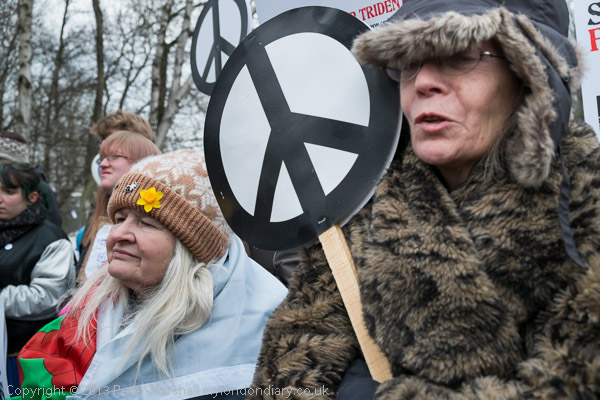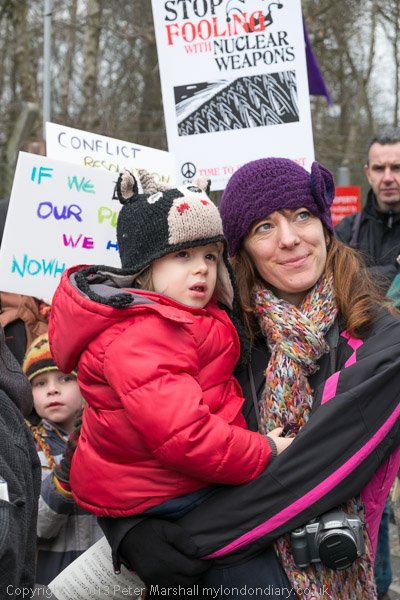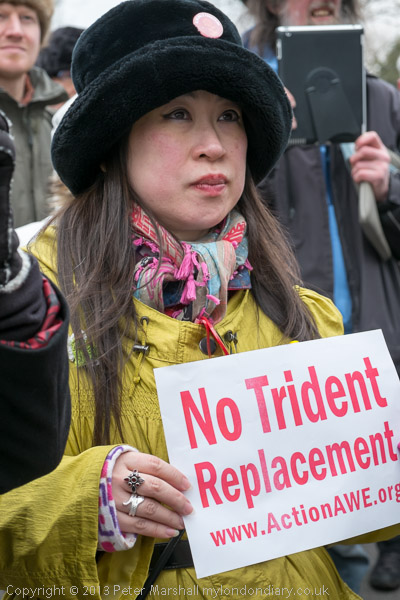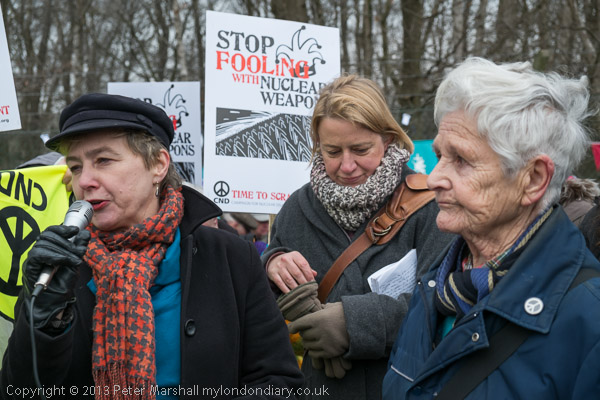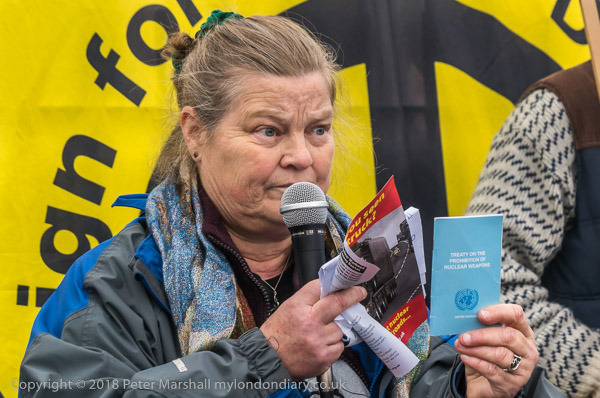Stoke Newington or ‘Stokey’ has a well-deserved reputation for non-conformity of all kinds. The area from the middle-ages attracted many religious dissenters, Quakers and other non-comformists. Among them have been Isaac Watts, Daniel Defoe, John Howard, Edgar Allan Poe and Joseph Conrad. More recent years have seen many squatters, artists and bohemians, as well as political radicals, including Angy Brigade and IRA bombers. You can see a long list on Wikipedia. Although its now become rather gentrified, at least in parts, there are still signs of its more anarchic past. Parts of the area I walked around in the south weren’t even in the area until 1900, but were ‘Hornsey Detached’ – and Hornsey is several miles to the northwest.
St Matthais C of E Primary is still in use at the rear of Smith & Sons at 22-32 Matthias Rd, N16, Ironmongers & Builders Merchants. This writing has now gone, but the building was still there and in a similar use as one of the more Travis Perkins showrooms until around 2019.
The Coach and Horses was in business here at least since the 1850s and in one early record the street was called Coach and Horse Lane. I’m not sure when it got the New in its name, perhaps after it stopped being a Reid & Co pub and serving their ‘Entire’. The company was founded to take over a brewery in Clerkenwell in 1757 by Richard Meux and Mungo Murray and only picked up Andrew Reid as a partner in 1793, becoming Reid& Co in 1816. They stopped brewing in 1899 after becoming a part of Watney, Combe, Reid & Co. Ltd in the first big merger in the UK brewing industry, but Watney continued for years to use the brand name for some beers.
At a glance the pub appears open, but the two long brackets without pub signs are presumably a sign that it had closed. Shortly after it was converted into flats.
I took a couple of pictures at Newington Green (not online) before being attracted up the narrow passage of Church Walk and through the footpath to Howard Road and then taking Milton Grove, home of five times world professional darts champion Steve Bristow who lived at 97.
I don’t know of any particular link with Milton and Stoke Newington but when these streets but when the National Freehold Land Society laid out the streets in the area in 1852 they created Milton Grove along with Shakespeare Walk and Spenser Grove. Much of the area was destroyed in the war and rebuilt as the Milton Gardens Estate. And behind me as I took this picture was an open space, once a bomb site but kept as Butterfield Green. Bombs came into Milton Groves story again some years later in 1975, when an IRA bomb factory was discovered in a top floor flat at no 99.
A little to the south is an alley, Town Hall Approach, but you will find no sign of a town hall should you walk down it. This was the site of the Italianate South Hornsey Town Hall built by E Fry in 1881 which became the town hall of the Metropolitan Borough of Stoke Newington when this was created in 1900. Stoke Newington was only half the required size for a London borough, but the authorities granted it borough status to avoid “intolerable and interminable feuds” had it been subsumed into Hackney – which it eventually became part of, apparently without a revolution in 1965. But the old town hall was too small and after 37 years the borough opened a new one designed by John Reginald Truelove on Church Street – now a listed building – but the ‘approach’ is still there.
I wondered why No 72 was built with this large window and imposing door – perhaps it was a former chapel long converted to residential use. A few doors down, just visible over the cab of this recovery vehicle is the only listed building in the street, No 66, described (in part) as “Mid C19 villa of 2 storeys and basement, 3 windows. Stock brick….” Certainly a pleasant enough house but nothing in the text seems to justify the listing or greatly differentiate it from others in the area.
It was quite a long walk before I made my next exposure at 29 Neville Road, once home to G Howell Upholsterer, but in 1988 flyposted against the Poll Tax. Something about the doorway at right of this image screams “Pub!”, and this was then The Nevill or The Nevil Arms.
Once specialising in Smith, Garrett’s Special Mild Ale, it had a moment of fame in May 1915 when a bomb dropped in its back garden during London’s first Zeppelin raid. A large incendiary bomb, it failed to ignite and did no damage. It was thought at one time to have been the first bomb dropped on London, but that fell a short distance away in Alkham Road. The pub was on this site since the 1870s and latterly a Charrington’s pub. I think it closed shortly after I made this picture and was converted to residential use around 2000.
A photograph after the raid shows that No 21 on the other side of the shop was quite badly damaged, certainly its windows blown out, while the shop, then selling confectionary and advertising local Clarnico along with Rowntrees Chocolates and (I think) R Whites Ginger Beer appears undamaged with a woman looking out of the second floor window as the crowd gawping at the damage next door.
This and the picture below were from a window of the same shop, protected by a strong wire grill. And while I may have known more when I took them, they are now a mystery to me.
What is on sale here? Is it wigs? The strange prints are part of a collection and have reference numbers at the lower left, but what collection? The name appears to start BI or even BII and end IERTON but the wire prevents me seeing the letters between and I can find nothing which fits between to make sense to me.
The second picture simply adds more confusion. Are these wigs or examples of hair styles or some curious sculptural art? I was always attracted by representations of the human form or face and photographed the window of many hairdressers and some shops selling wigs, but these just don’t seem to fit the pattern.
The fine 1903 Stoke Newington Estate by the Four Per Cent Industrial Dwellings Company in Coronation Avenue and Imperial Avenue (and still run by the IDS) was the site of one of the greatest civilian tragedies of the London blitz, when on 13th October 1940 it received a direct hit from a high-explosive bomb, probably a parachute mine. The Coronation Avenue block of the estate collapsed into the large communal air-raid shelter in its basement; many were killed directly while others were unable to make their escape as the cellar flooded with water. At least 160 people are thought to have died.
The Apollo Picture House opened in 1913, becoming the Ambassador Cinema in 1933 and in 1966 became a bingo hall but was reopened as the Astra Cinema in 1974. It was soon converted into a cinema club showing martial arts and softcore sex films until it closed in 1983. It was then converted into a Turkish mosque, with its interior features being gutted and its exterior covered in highly coloured mozaic. The cinema had already had a Moorish look with the two domes at each end of the facade.
To be continued in a later post.








